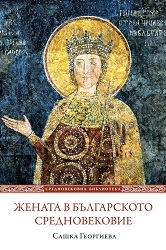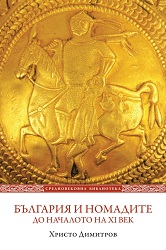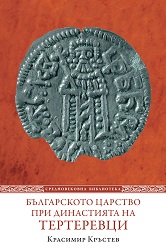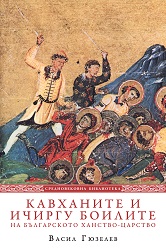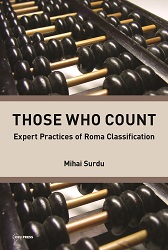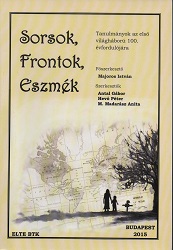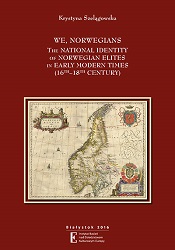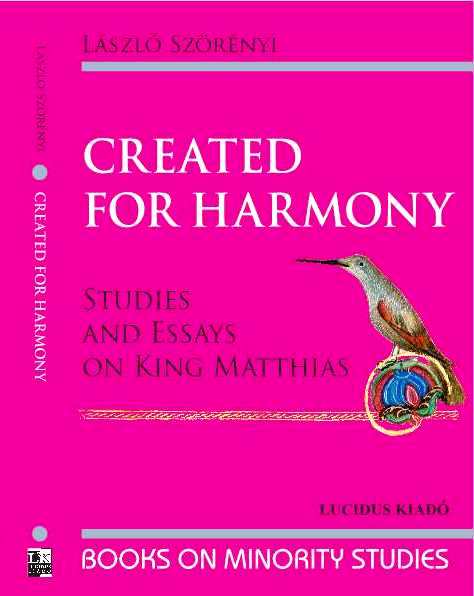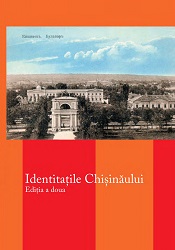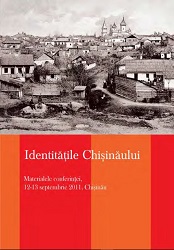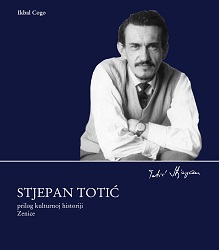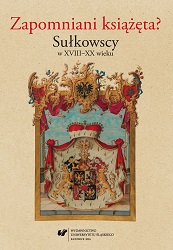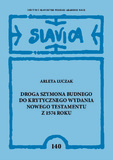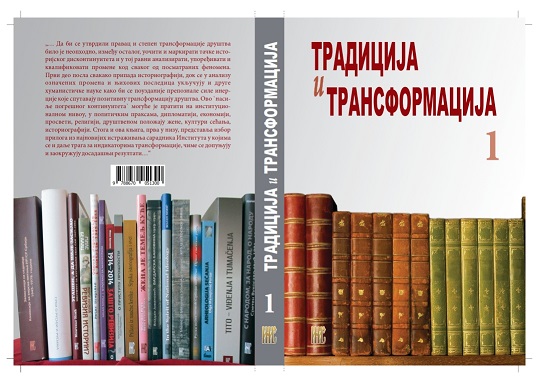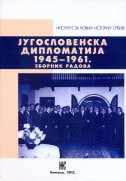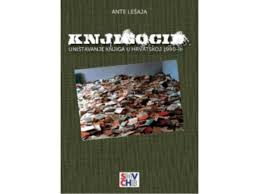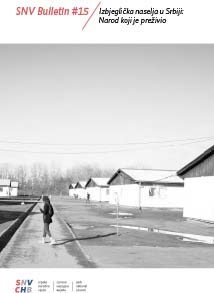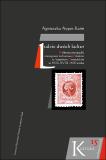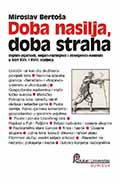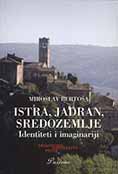Author(s): Ikbal Cogo / Language(s): Bosnian
Since the mid of 1950-ies a visual arts scene, specific in many ways, has flourised in the region of the city of Zenica. Firstly, the association of amateur artists was founded in 1956; afterwords the Visual Arts Association Zenica founded in 1974 whereas the Art Gallery started its activities within the City Museum towards the end of 1981.
Visual arts scene of the second half of 20th century involved the artists of different sensibility and poetics of art; among them most famous ones were Ljubomir Perčinlić, Mirko Marić i Anto Kajinić. In addition to these artists we should also mention Tomislav Perazić, Muhamed Bajramović, Irfan Handukić, Miroslav Šetka, Jelenko Butina, Anto Čabraja, Mensur Begičević, Duško Abramušić, Jasmin Kukavica and others.
Yet, the first visual artist with the academic education was Stjepan Totić, born in December 1927 in Zenica. He started his education at the Visual Arts Academy in Ljubljana in 1959 and graduated in 1963. Later, he finished his specialist studies at the same Academy in 1964/1965.
Throughout his career Stjepan Totić worked in graphic and printing industry (he worked as the visual illustrator and later as the technical editor of the city periodical Naša Riječ).
He made over 100 of different illustrations for the newspapers (the first ones appeared during 1956); he also gave the artistic form for about ten books (cover page illustartions), and he also wrote visual arts critiques and created a relatively small but very specific artistic collection.
As he used to describe his own painting he was, primarily, a painter of figuration and portraits. Many visual arts critics wrote about his work, just to mention a few: Azra Begić, Branka Perišić, Meliha Husedžinović, Slobodan Blagojević. He was a member of the Visual Arts Association Zenica from 1974 until the beginning of the recent war.
The artistic expression of Stjepan Totić was mostly influenced by the Slovenian painter Gabrijel Stupica.
Totić had only one independent exhibition in Zenica in 1980 and it was accompanied by the catalogue. He withdrew from active artistic life of the city in the second half of 1980-ies.
In Spring 1992, at the very beginning of the war activities, Stjepan Totić left for Innsbruk (Austria) where he lived for the rest of his life and died in 2009. He was married to Marija Helena Totić and had two sons, Josip and Krunoslav, and the daughter Margareta.
His painting „Trapez“ used to be the permanent exhibit of the City Museum of Zenica from 1986 to 2007.
More...
